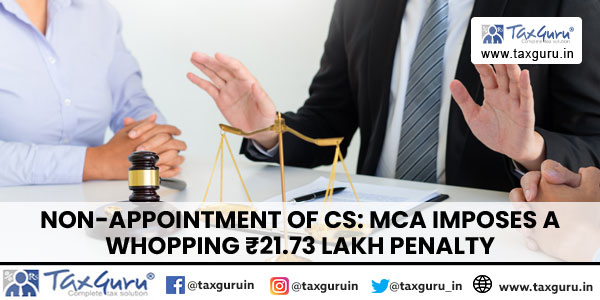Depreciation simply refers to the decrease in value of an asset due to constant use, wear and tear and passage of time. It is the process of allocation of cost of a long-term asset to the time period in which it is used. Understanding its intricacies is essential for maximizing tax benefits and optimizing financial strategies.
IMPORTANT PROVISIONS REGARDING DEPRECIATION
1- Charge of Depreciation:
Depreciation can be charged out of-
a) Profits and Gains from Business and Profession, or
b) Income from other sources in case the asset is let out for a certain period of time and such letting out is not regular business of assessee as per Section-56(2) (ii) and (iii).
Depreciation is charged only if the concerned asset was put to use in the current previous year or was kept as standby to be used in the current previous year.
2. Nature of Asset:
Depreciation is chargeable only on tangible capital assets such as Buildings, Machinery, Plant, Furniture, and intangible assets such as patents, copyright, trademarks, license, know-how etc.
3. Use of asset and period of charging depreciation:
| Asset purchased during | No. of days for which it is installed and used in Previous Year | Depreciation to be charged |
| Current Previous Year | 180 days or more than 180 days | Full year (12 months) |
| Less than 180 days | Half year (6 months) | |
| Any Previous Year earlier than current previous year | Not Applicable | Full year (12 months) |

4. Ownership of Asset:
Asset must be owned by the assessee.
5. Asset used for business in previous year:
The asset must have been used in assessee’s own business in the previous year. If any portion of the asset has not been used for the business of the assessee, depreciation is not allowed on such part of the asset.
6. Depreciation in the year of sale of asset:
No depreciation is to be charged for the year in which the asset is sold.
7. Depreciation on motor taxis, lorries, trucks etc. used for hiring:
Higher rate of depreciation @30% is allowed.
8. Depreciation in case of amalgamation:
Depreciation is to be calculated for full year and to be allocated on the basis of number of days for which the asset were used by transferor company and transferee company.
9. Methods of charging depreciation:
a) Block of assets U/S-2(11): The assets have been divided into blocks on the basis of rates of depreciation prescribed under Rule-5 of Income Tax Act, 1962. So all the assets having same rate of depreciation falls in the same block.
b) Depreciation is charged on Written Down Value (WDV) method.
10. Actual cost of asset for charging depreciation as per Section-43(1)
Actual cost means the actual cost of the assets to the assessee reduced by that portion of the cost thereof, if any, as has been met directly or indirectly by any other person or authority.
The Actual Cost of asset includes-
a) Cost of acquiring the asset
b) Cost of installation
c) Expenses on insurance, freight, loading and unloading
d) Expenses on modification and repairs
e) Interest paid in connection with purchase of asset and bank charges
Actual Cost = Cost of Purchase or Construction + Pre-use period expenses – Portion of cost met by some authority i.e. Govt. Subsidy
A. Cash payment to purchase or acquire a depreciable asset:
If the payment exceeds ₹10,000 in cash, then any amount exceeding ₹10,000 shall be ignored while calculating actual cost of asset for calculation of depreciation.
B. Asset acquired by way of gift or inheritance:
Actual cost of the asset shall be-
a) actual cost as reduced by any depreciation claimed upto 31-3-88, and
b) any depreciation claimed on such asset after 31-3-88 as if it was only one asset of the block as per Section-43(1)
C. Re-acquisition of asset:
Where an asset which once belonged to the assessee and used in his business and thereafter ceased to be his property by reason of transfer and is re-acquired by him, the actual cost to the assessee shall be-
a) actual cost as reduced by any depreciation claimed upto 31-3-88, and
b) any depreciation claimed on such asset after 31-3-88 as if it was only one asset of the block
OR
the actual price at which asset is reacquired whichever is less.
D. Acquisition of asset on partition of HUF:
The cost of the asset to the assessee shall be the cost at the time of partition and not the cost at which it was acquired by the HUF.
E. Asset transferred by holding company to its subsidiary company or vice versa:
If the subsidiary company is an Indian company and is 100% owned by the holding company, the actual cost of the transferred capital asset to the transferee company shall be taken to be the same as it would have been if the transferred company had continued to hold the capital asset for the purpose of its business as per Section- 43(i)
Conclusion: Corporate tax planning heavily relies on effective depreciation strategies. By understanding the nuances of depreciation, businesses can optimize their tax liabilities and enhance financial performance. Implementing sound depreciation practices is essential for long-term fiscal health and compliance with regulatory requirements.






















